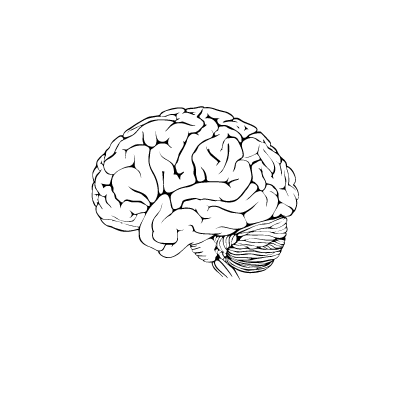"I love it when a plan comes together!"
- Dr Diane Harner
- Apr 12, 2017
- 3 min read

Hannibal from the A Team always had a plan. It was, at times, unorthodox but he always had one. I always remember his smile at the end with the cigar hanging out of his mouth gaining an immense amount of joy when he and his team pulled off the seemingly impossible. Hannibal was forever going in to situations that were uncertain, under enormous amounts of pressure, taking on projects with big consequences. It is in these circumstances where a plan gives you direction and structure and keeps you moving forward.
But why does having a plan make such a difference to our success?
Our brain is a prediction machine
Embarking on any new endeavour is particularly triggering for our brain, especially if we have no previous experience and the future is uncertain. Our brain always likes to know what is coming next by trying to predict the future based on past events. The way in which our brain is able to make these predictions is because we are constantly creating and storing “mental models” for every situation or set of circumstances we encounter. We collect information about everything that we do, including the successful and non-successful strategies, and commit them to memory so when we encounter similar patterns in the future we know what to do and what outcome to expect.
The problem with doing things for the first time or putting ourselves in new and uncertain situations is that our brain doesn’t have any mental models to call upon to inform our strategy. Not being able to make a prediction about a situation is what causes the feelings of anxiety and hesitation as our brain freaks out because it can’t tell what is going to happen next. This is when we are “outside of our comfort zone”. It is this fear and anxiety, born out of uncertainty and inexperience, that is often what holds us back from achieving our potential.
Thinking about our future self helps us move forward
One of the most fascinating things about the brain is that it is not great at distinguishing between what is real and what is imagined. Consciously, we know the difference, but the pathways that our brain uses during these processes are similar. This concept has been leveraged particularly well in elite sport where athletes use the technique of “guided imagery” to imagine their future self performing at their best.
When we imagine our future self having all the skills and relationships we desire, our brain does a double take. A psychological tension is created as our brain grapples with the discrepancy between our current self and the aspired future self that we imagine. This psychological tension is a potent motivator, and our brain starts focussing on reducing this discrepancy by orchestrating the moves that takes us towards our future self, and our goals.
In the end, imagination isn’t enough, you still need a plan
The motivation that accompanies the vision of our future self can be short lived so in order to maximise its affect we need a set of productive tasks to make sure that this new-found energy is focused into action and does not dissipate. This is where goal setting and creating a plan becomes a critical component for achieving desired outcomes.
“Most of us have a pretty good concept of what is required to be successful, but only 10% of us are disciplined and focused enough to create specific goals and write them down. “
Be like Hannibal and make a 90 Day plan
Successful goal setting involves focusing not only on long term outcomes but also short term wins. It is important to have your overall vision and big picture goals over the next 12 months, however, to avoid the overwhelm that sometimes accompanies big goals, it helps to break down those big goals into smaller tasks that are achievable.
Having a 90 day plan consisting of these smaller achievable goals will provide the focus that you need to get some forward momentum. It is by celebrating the small successes on the way to our big goals that we stay engaged and motivated to keep going.
























Comments